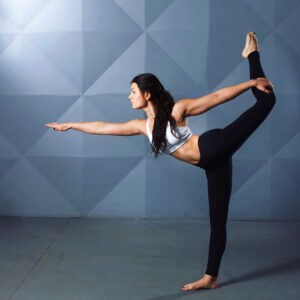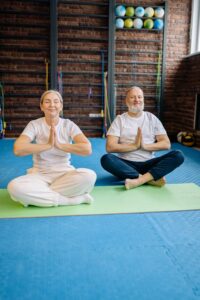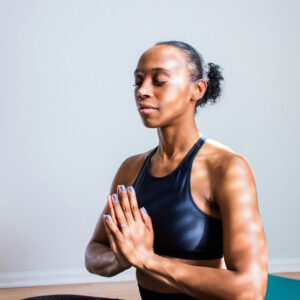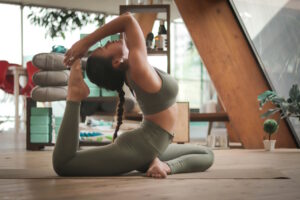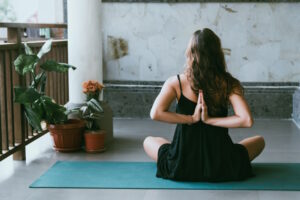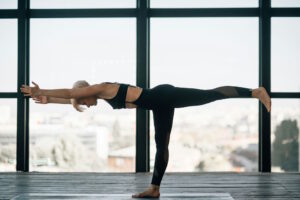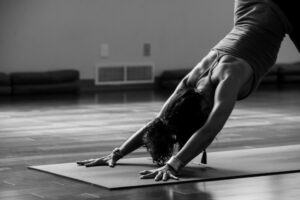
Pregnancy is a transformative journey, both physically and emotionally. It’s a time of anticipation, growth, and numerous changes in a woman’s body. For expectant mothers, maintaining a healthy lifestyle and staying active is often a priority, and this includes exploring exercise options like Pilates. In this comprehensive guide, we will delve into the world of Pilates and pregnancy, addressing its benefits, considerations, and essential information for pregnant individuals.
Pilates and Pregnancy: The Basics
Pilates, known for its focus on core strength, flexibility, and body awareness, can be a safe and effective exercise during pregnancy, provided it is practiced with certain precautions and under the guidance of a qualified instructor. Here are some key aspects to consider:
· Consult Your Healthcare Provider: Before beginning or continuing a Pilates practice during pregnancy, it is crucial to consult with your healthcare provider. They can assess your individual circumstances and provide personalized recommendations.
· Choose a Certified Instructor: If you decide to pursue Pilates during pregnancy, seek out a certified Pilates instructor with experience in prenatal Pilates. They can tailor exercises to your specific needs and safely guide you through your practice.
· Avoid Supine Positions: After the first trimester, it is advisable to avoid exercises that require lying flat on your back for an extended period. This position can put pressure on a major vein, potentially reducing blood flow to both you and your baby.
· Focus on Core Engagement: Pilates emphasizes core engagement, which can help support your growing belly and improve posture. However, be mindful not to over-engage or perform deep abdominal exercises that could strain your abdominal muscles.
· Listen to Your Body: Pregnancy is a time when your body sends clear signals. Pay attention to how you feel during each exercise. If something feels uncomfortable, stop immediately.
· Breathing and Relaxation: Pilates places a strong emphasis on breathing and relaxation techniques, which can be valuable tools for managing stress and staying calm during pregnancy.
What can you not do in Pilates when pregnant?
During pregnancy, it’s essential to modify your Pilates practice to ensure safety. Here are some exercises and practices to avoid:
· High-Impact Movements: Jumping and high-impact exercises should be avoided, as they can strain your joints and ligaments.
· Deep Twists: Avoid deep twisting motions that may compress your abdomen. Gentle twists can be performed but with caution.
· Overstretching: Hormonal changes during pregnancy can increase joint flexibility, making it easier to overstretch. Avoid extreme stretching to prevent injury.
· Supine Exercises After the First Trimester: As mentioned earlier, avoid exercises that require you to lie flat on your back after the first trimester.
· Heavy Resistance: Steer clear of heavy weights or resistance bands that may place excessive strain on your muscles.
Does Pilates make labor easier?
While Pilates cannot guarantee an easier labor, it can certainly help prepare your body for childbirth in several ways:
· Core Strength: Pilates emphasizes core strength, which can aid in pushing during labor.
· Pelvic Floor Awareness: Pilates exercises often involve the engagement of the pelvic floor muscles, which can contribute to better control during childbirth.
· Breathing Techniques: Pilates places a strong focus on breath control and relaxation, which can be beneficial during labor for managing pain and staying calm.
· Improved Posture: Pilates can help maintain good posture, potentially reducing the risk of musculoskeletal issues during and after pregnancy.
Is yoga or Pilates better for pregnancy?
The choice between yoga and Pilates during pregnancy ultimately depends on your personal preferences and needs. Both practices offer benefits, and many pregnant individuals find value in incorporating both into their routines. Here’s a comparison to help you decide:
· Yoga: Yoga emphasizes flexibility, relaxation, and breath control. It can be particularly beneficial for stress reduction and mental well-being during pregnancy. Prenatal yoga classes often include gentle stretches and poses tailored to the needs of expectant mothers.
· Pilates: Pilates focuses on core strength, posture, and body awareness. It can help with maintaining strength and stability throughout pregnancy. Prenatal Pilates classes are designed to provide safe and effective exercises for expectant mothers.
Ultimately, the best choice is one that aligns with your fitness goals, feels comfortable, and is led by an experienced instructor who understands the unique needs of pregnant individuals.
Can you do Reformer Pilates at 5 weeks pregnant?
Whether you can do Reformer Pilates at 5 weeks pregnant depends on your individual circumstances and your healthcare provider’s guidance. In some cases, women can safely continue Reformer Pilates early in their pregnancies with modifications. However, it’s crucial to consult with your healthcare provider and a certified prenatal Pilates instructor to ensure it is safe and appropriate for your specific situation.
In summary, Pilates can be a safe and beneficial exercise during pregnancy when practiced with caution, guidance from a certified instructor, and consideration of individual circumstances. It can help improve core strength, posture, and relaxation techniques that may be valuable during labor. The choice between yoga and Pilates during pregnancy depends on personal preferences, and both can offer benefits. As for Reformer Pilates at 5 weeks pregnant, it’s best to consult with healthcare professionals for personalized guidance.


